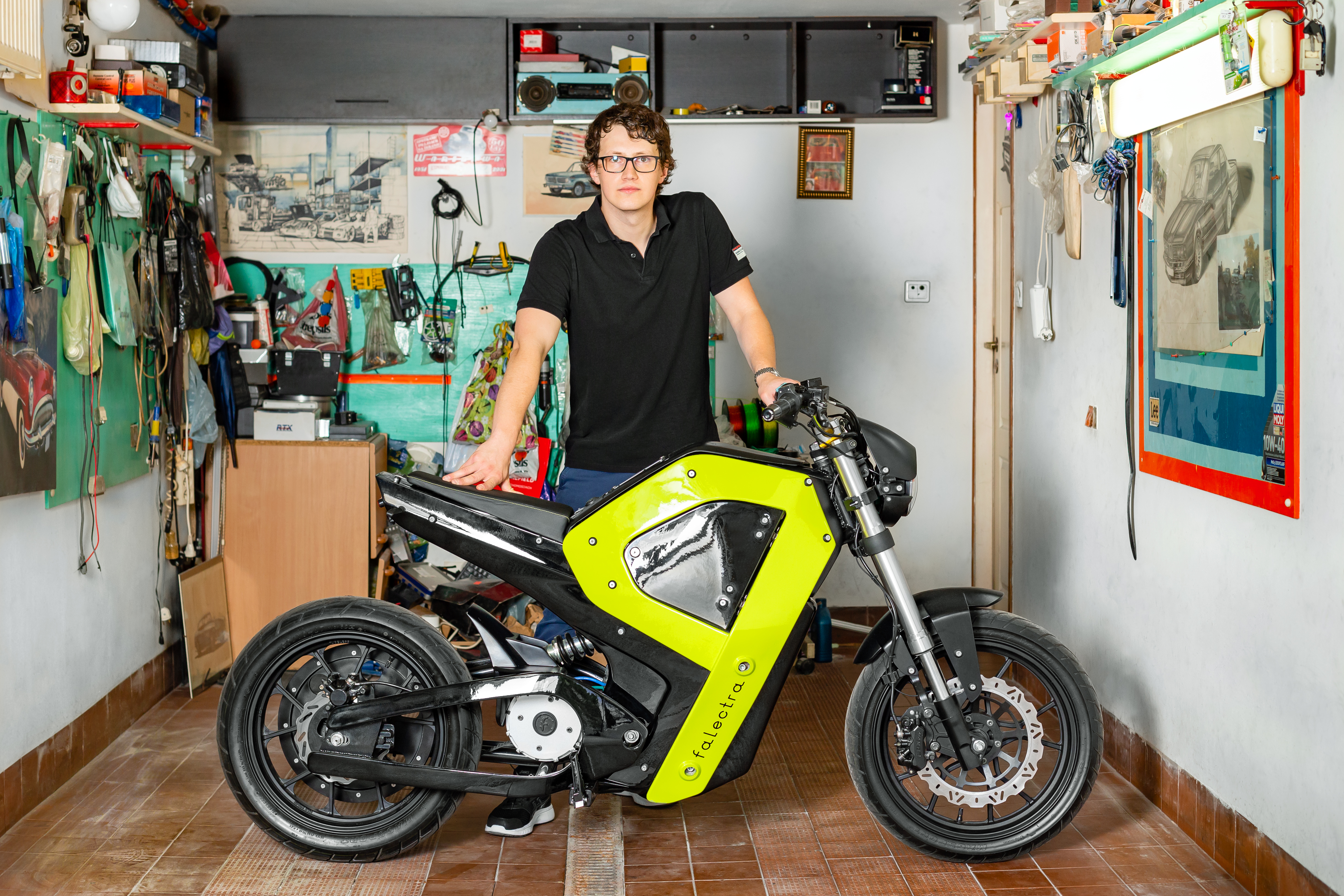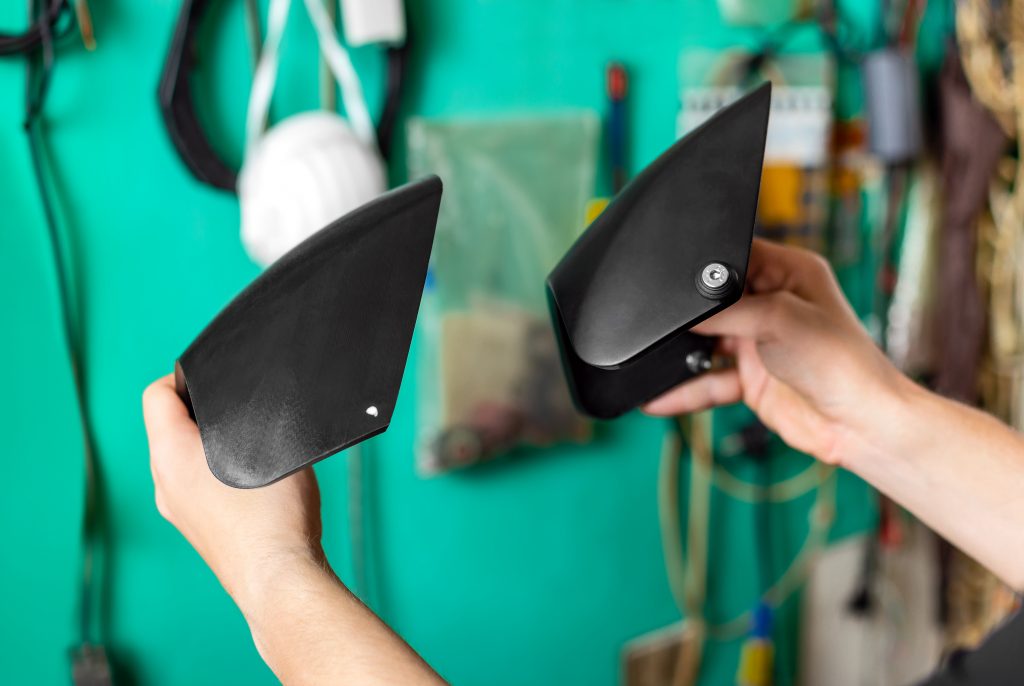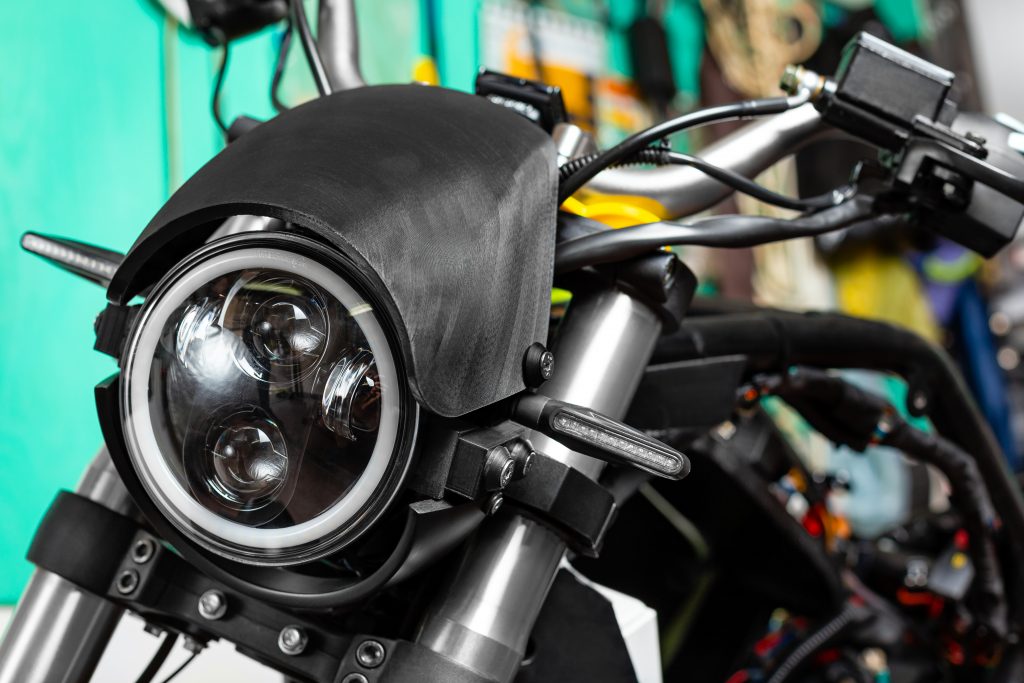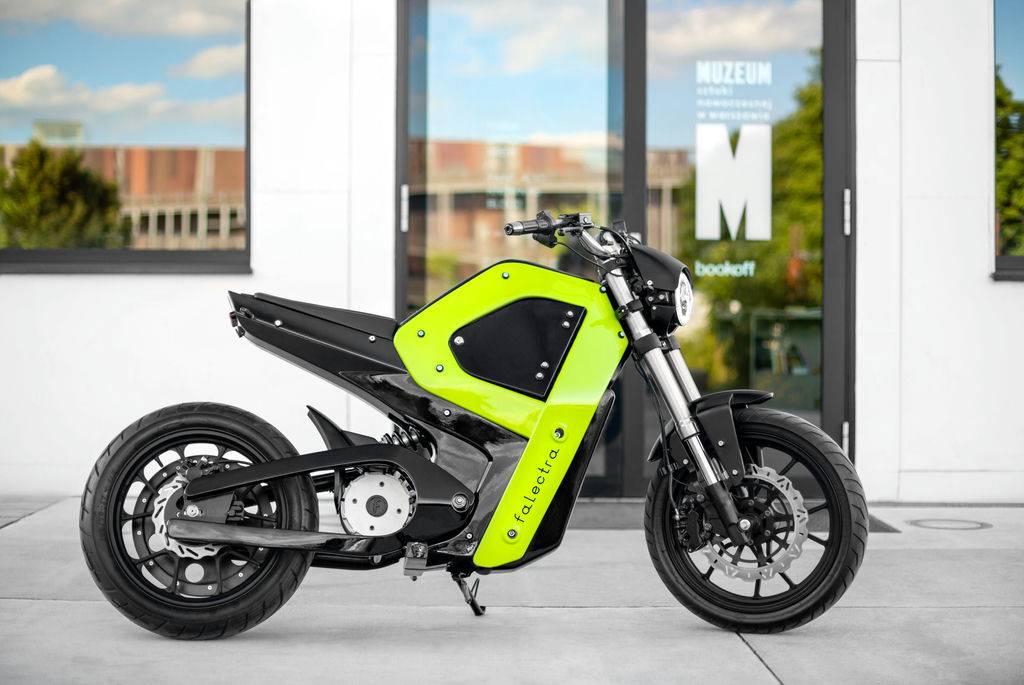Zortrax, a Polish 3D printer and materials manufacturer, has prototyped numerous parts for Falectra, the first Polish electric motorbike brand. Using the manufacturer’s Layer Plastic Deposition (LPD) 3D printers and Z-ULTRAT filaments, Falectra has managed to create a fully-functional prototype within its tight budget.
Both economical and green, Falectra’s electric motorbike aims to reduce traffic congestion and pollution. It features a zero-emission engine, a lightweight structure, and is designed to be easily rideable and repairable. On a single charge, the vehicles can travel up to 70 km with a maximum speed of 60 km/h.

Additive manufacturing in the automotive industry
Although this is the first Polish electric motorcycle using additive manufacturing, the technology has been incorporated into the automotive industry in Europe with 3D printed electric bike components such as a motorcycle hood and motor cooling shells. Last year, German large-scale 3D printer manufacturer BigRep had all components (except electronics) of its award winning NERA e-motorbike made through additive manufacturing. However, unlike Falectra, NERA is a concept vehicle, rather than one for consumer use.

Particularly within prototyping, additive manufacturing has been both cost and time effective. According to Piotr Krzyczkowski, CEO of Falectra, in the automotive industry early stage concepts are typically tested through clay modelling. Prototyping the bodywork can cost from $39,000 to $52,000 – exceeding the company’s budget.
“That’s when we started thinking about 3D printing,” added Krzyczkowski, who then reached out to Zortrax. “The whole process costs almost seven times less and we were able to show the world a functioning motorcycle.”
Other than greatly reducing the prototyping costs, 3D printing has also accelerated the research and development process. As a result, it took Falectra half a year to create a fully functioning prototype.
3D printing the prototype fairings
To produce parts for the Falectra bike, Zortrax used LPD 3D printers, the M200 Plus and M300 Plus. Both systems are designed to be applied in automotive R&D and prototyping. In total around 10 objects were made with the help of these systems for the development of the vehicle, including the front gate, rear fender, side covers, air inlet for charging the battery and a mounting part of the front lamp.

Z-ULTRAT filament was selected to create the panels due to its durability and excellent surface quality. This ABS plastic blend is resistant to high temperatures and impacts. Its exceptional hardness also enables 3D printed parts which endure heavy loads.
“We knew that the print’s durability was the priority, so that the motorbike created by Piotr would be fully functioning and ready to use,” stated Miłosz Bertman, Lead 3D Designer at Zortrax.
The first 10 motorbikes are approved for road tests next year for research purposes. In 2021, the product will be mass produced and hit the road. The price per motorbike, according to the press release, will be $4,000.


